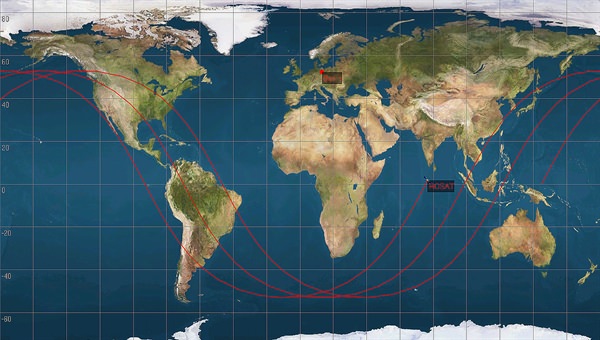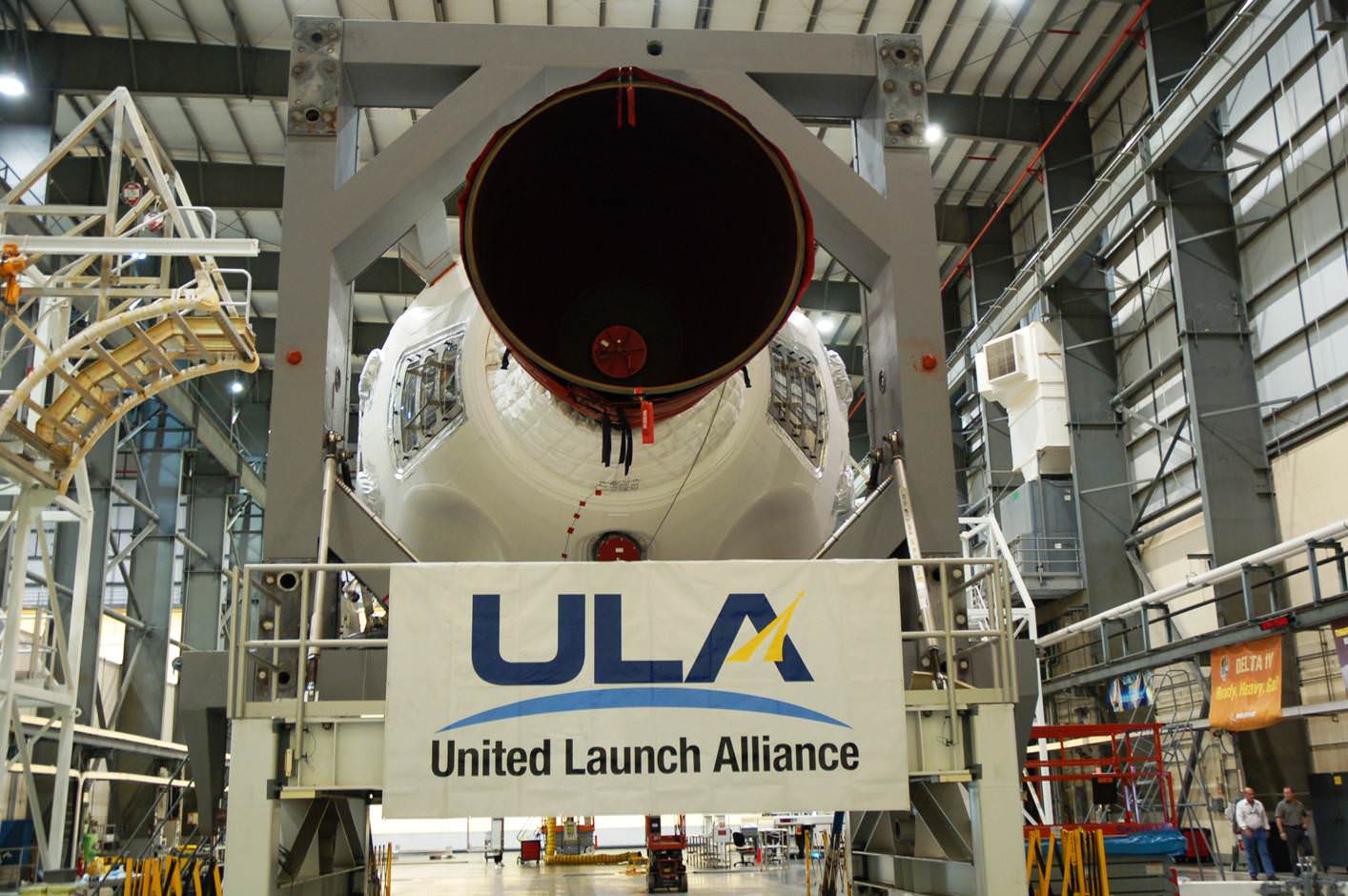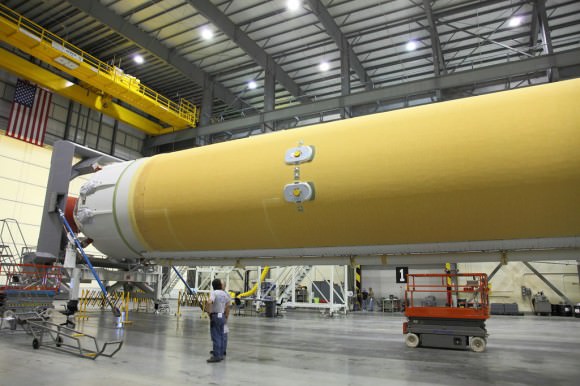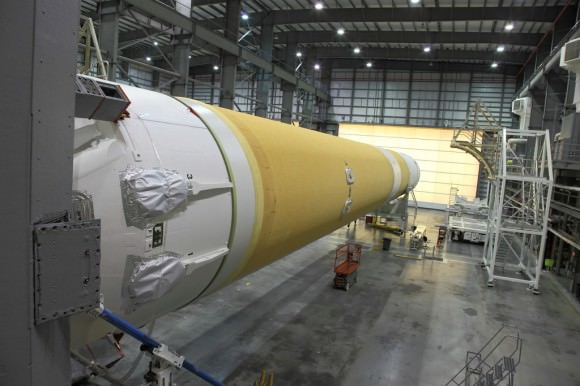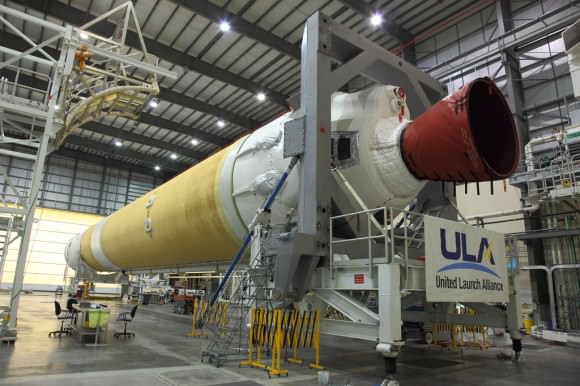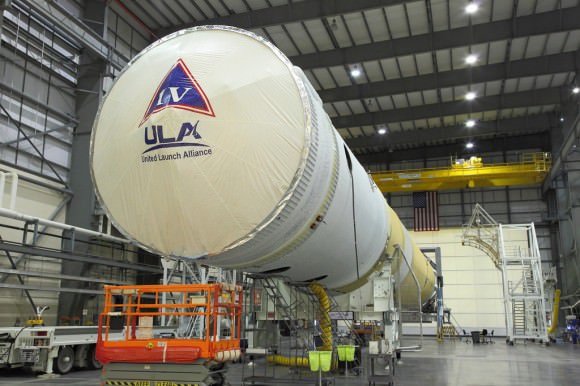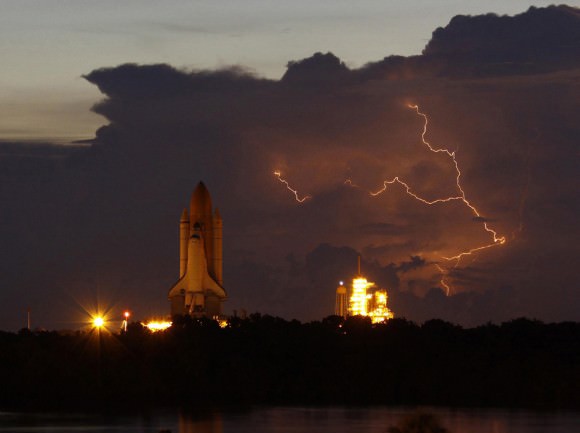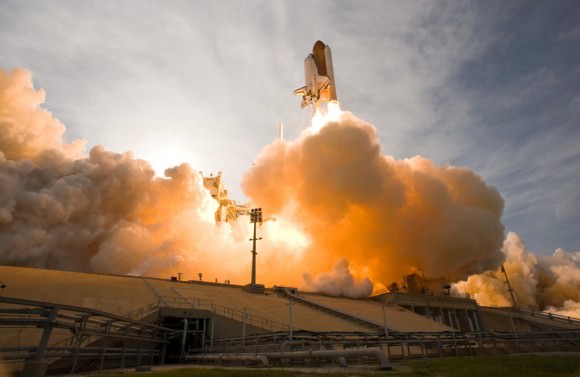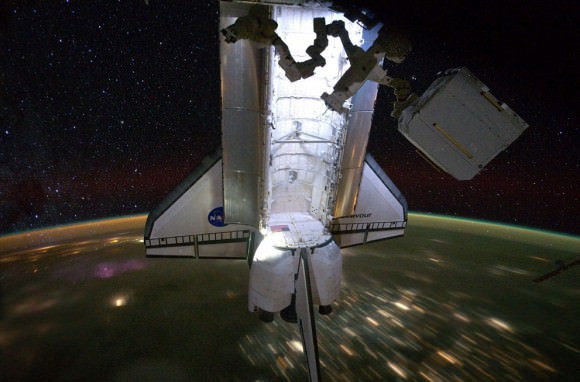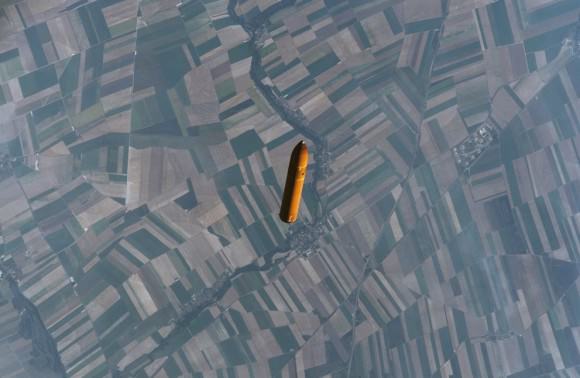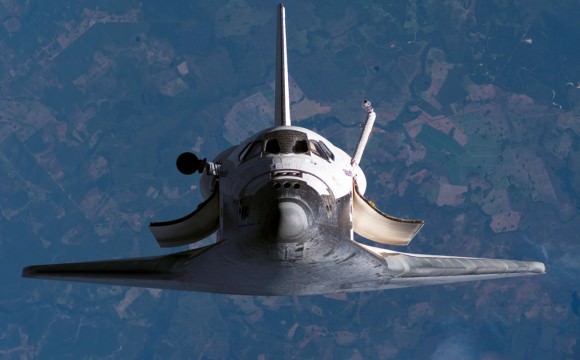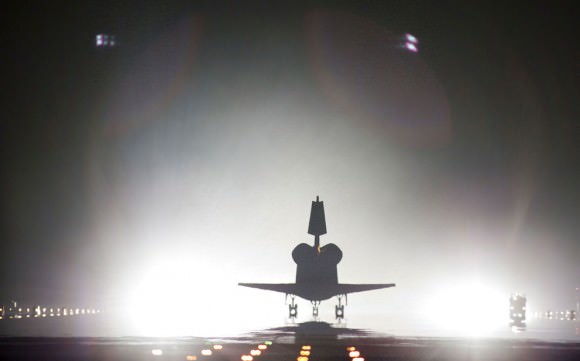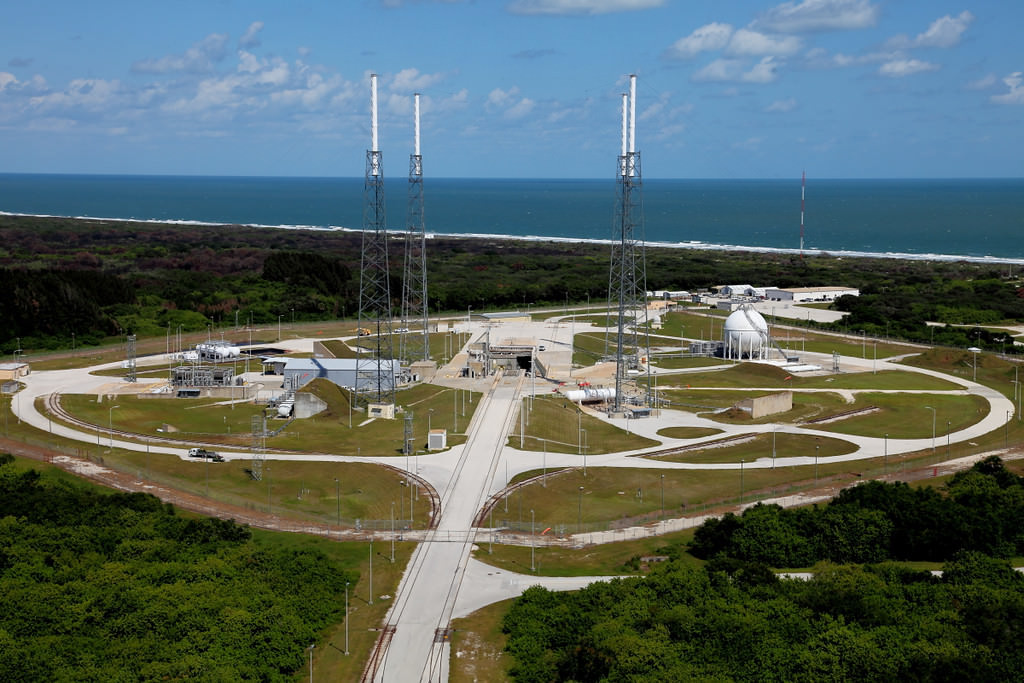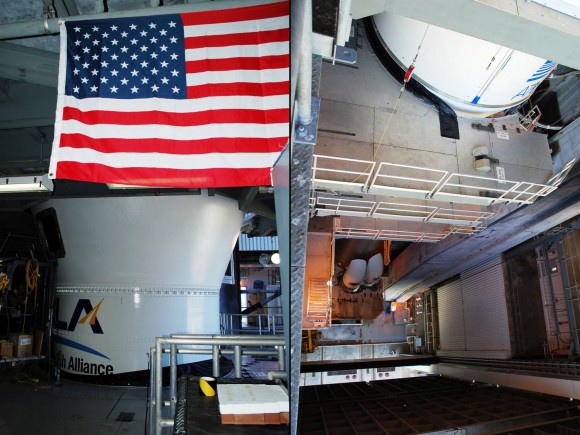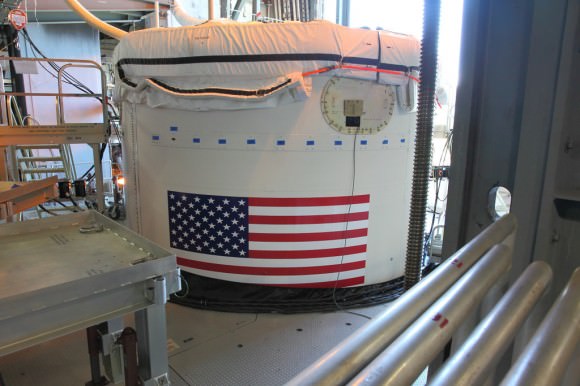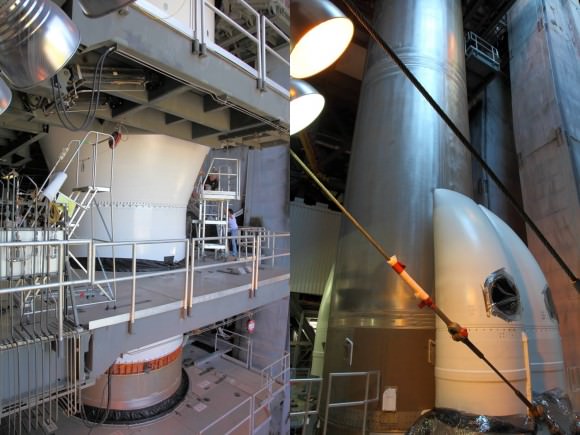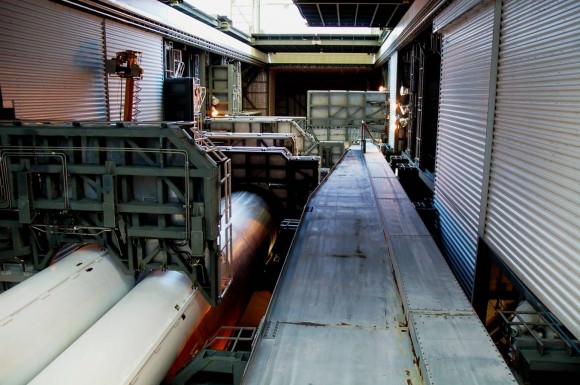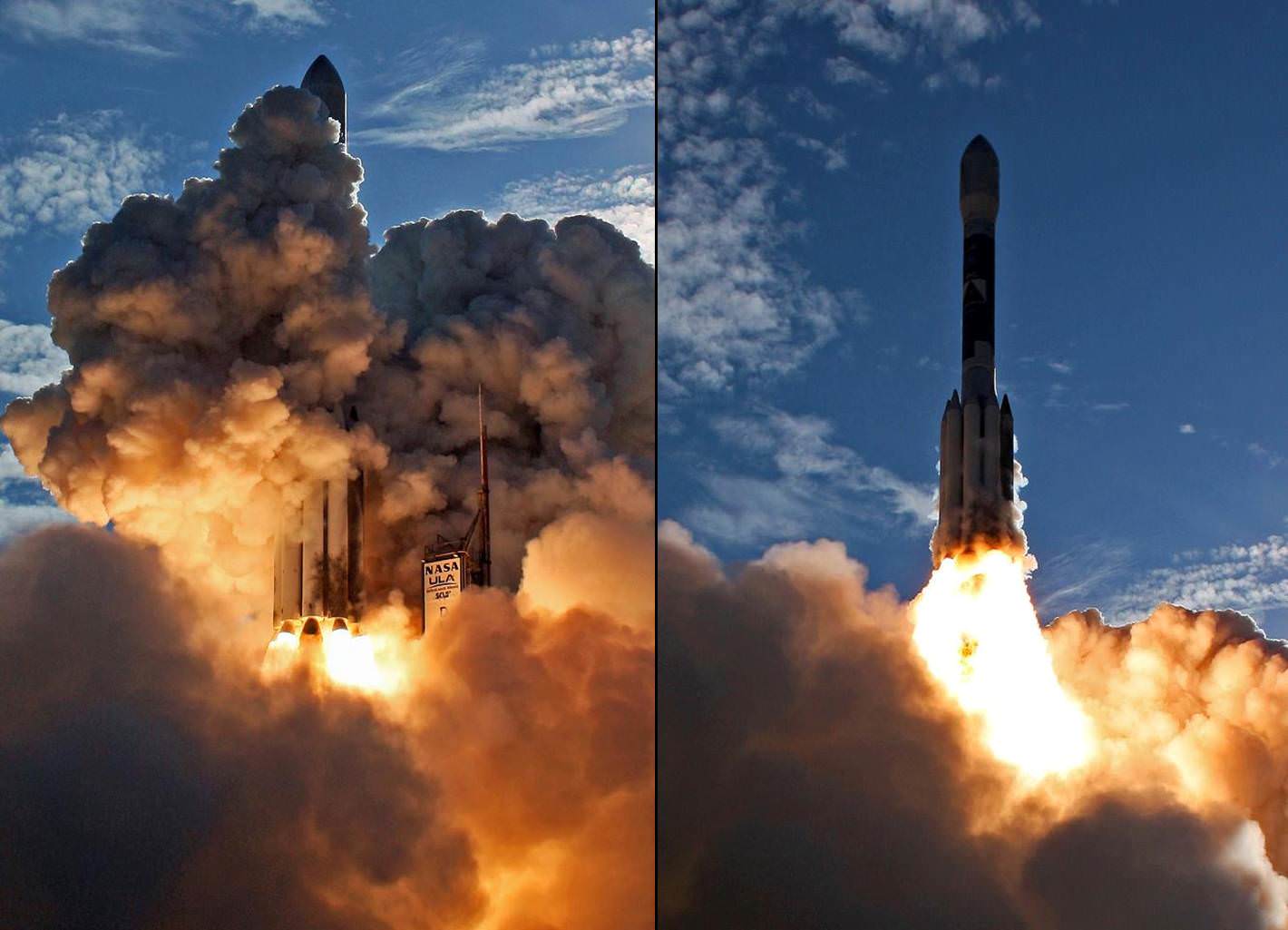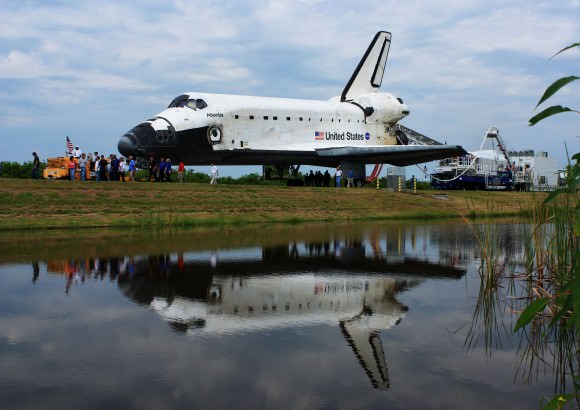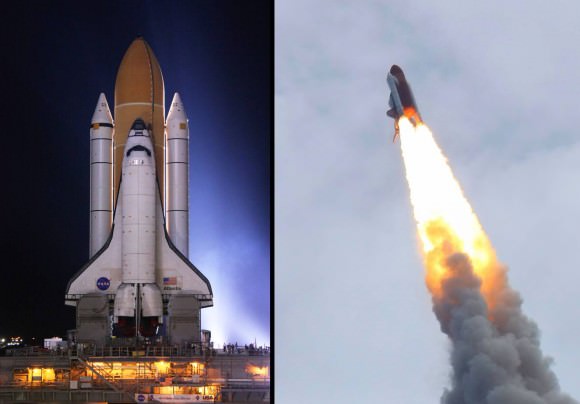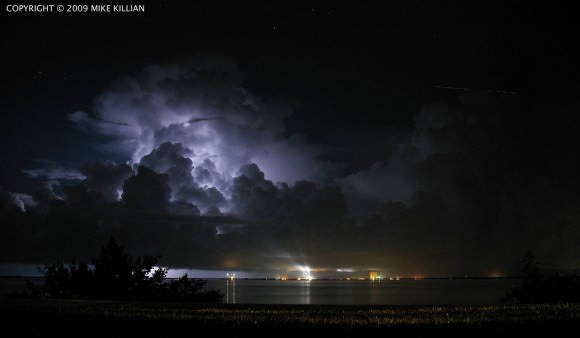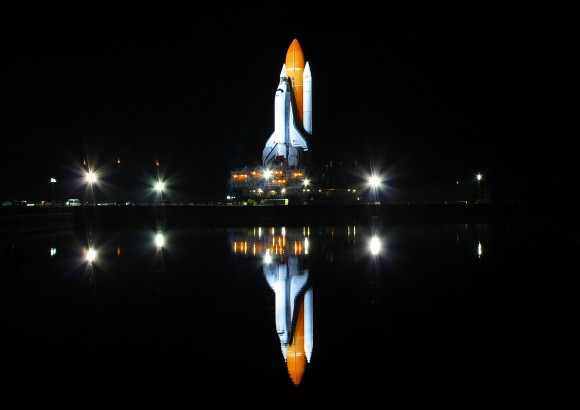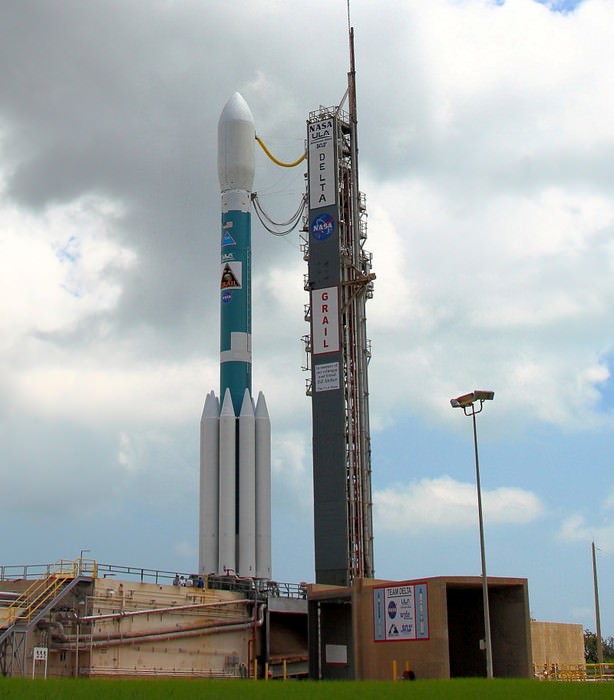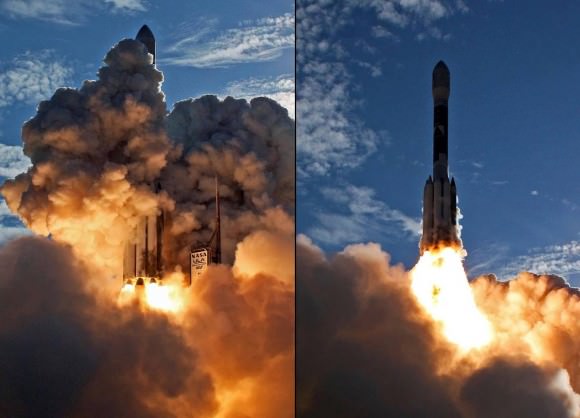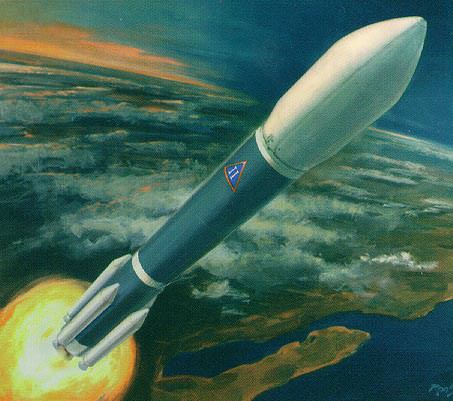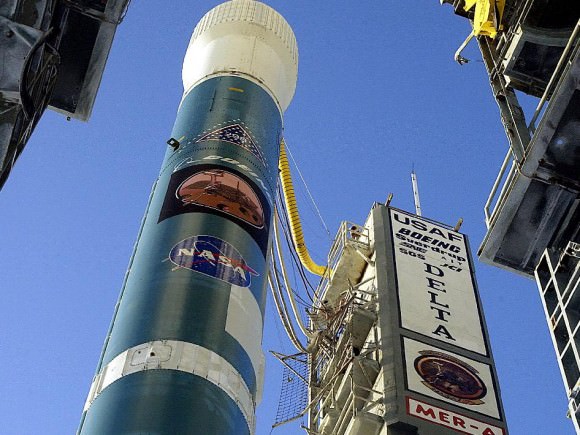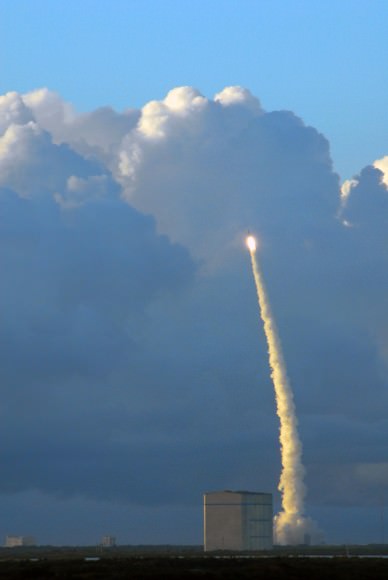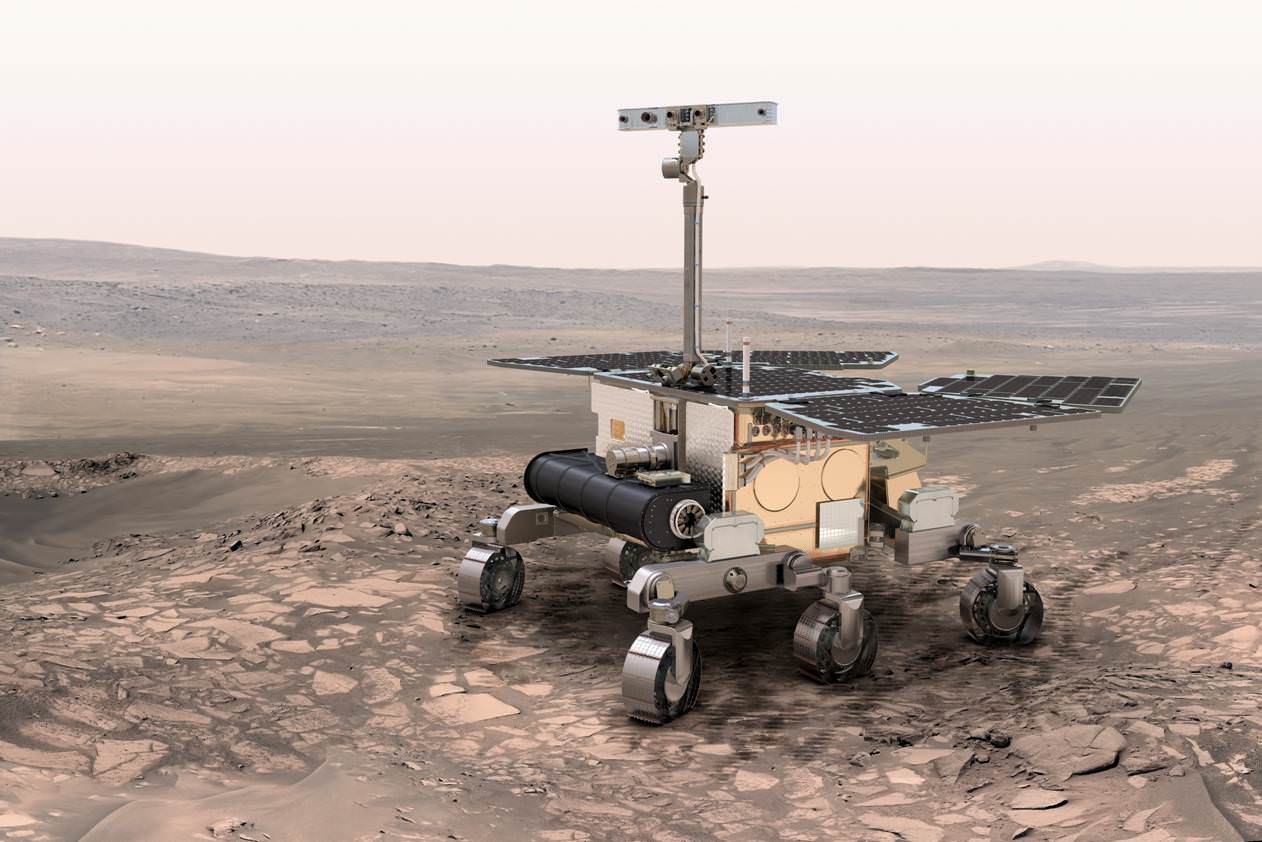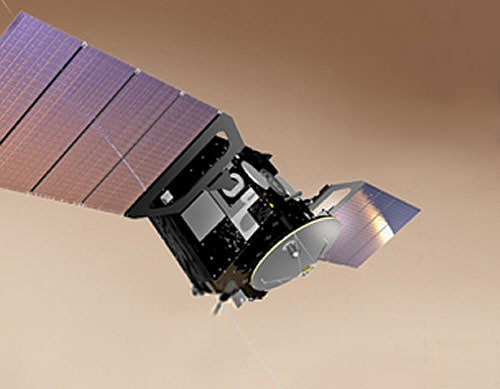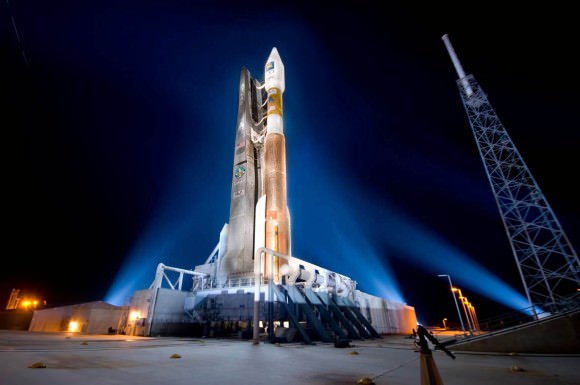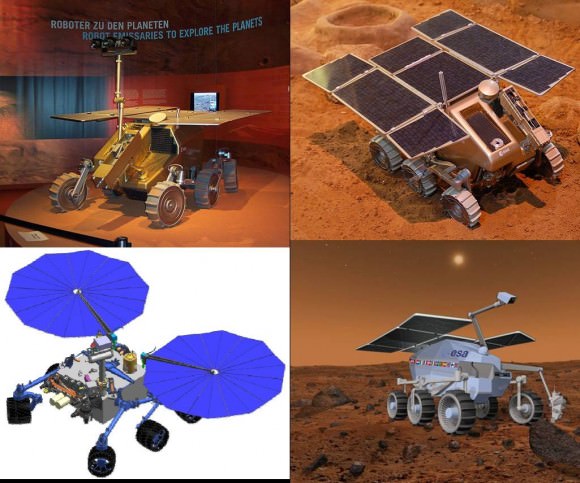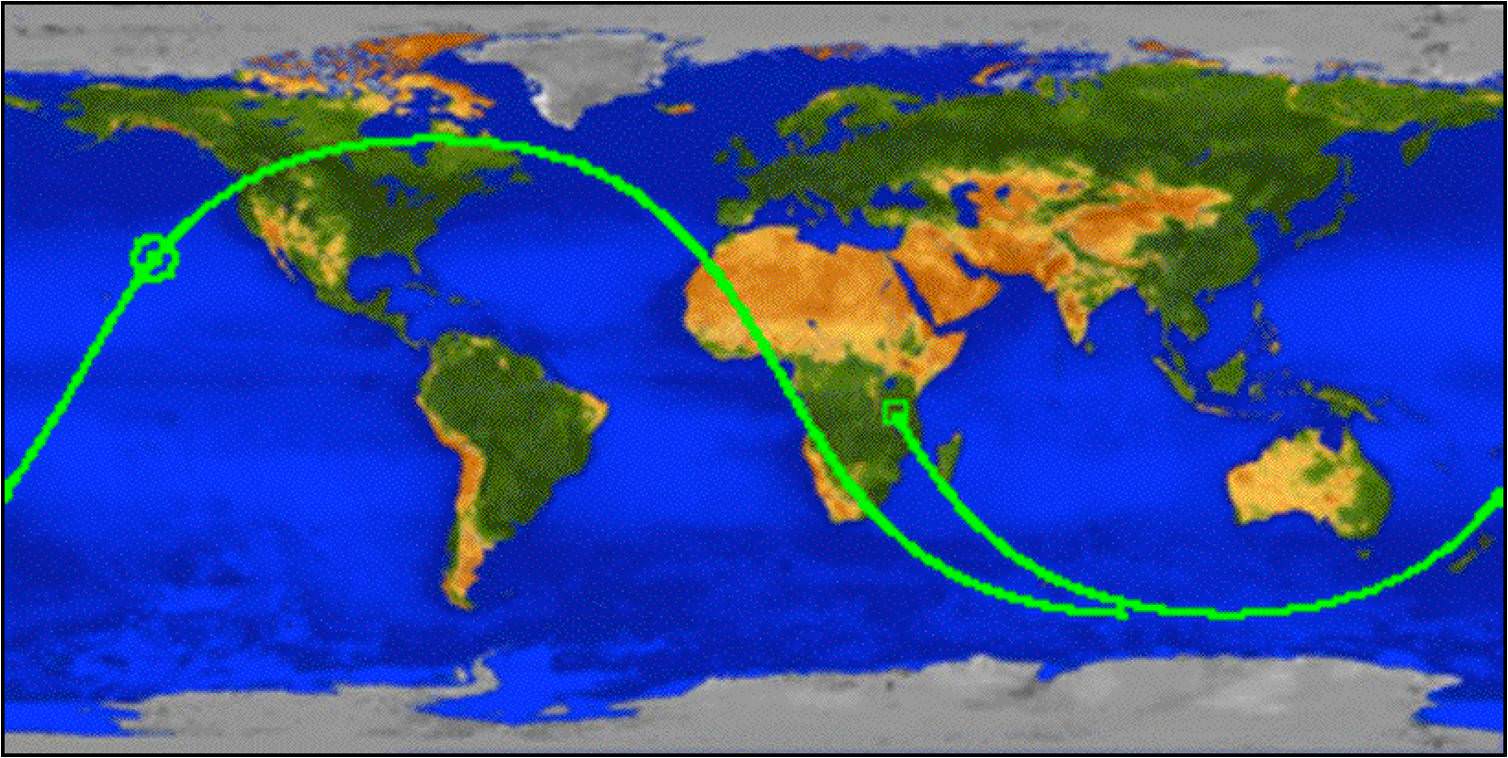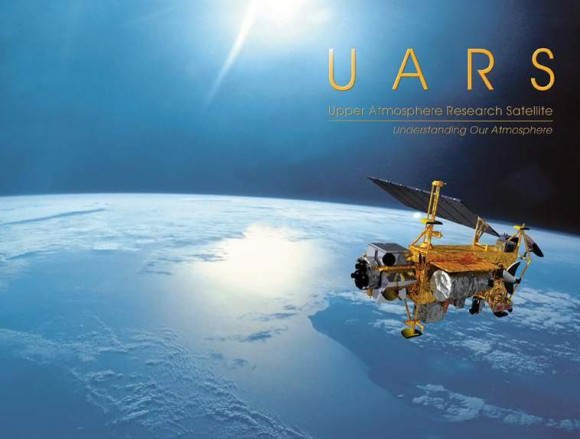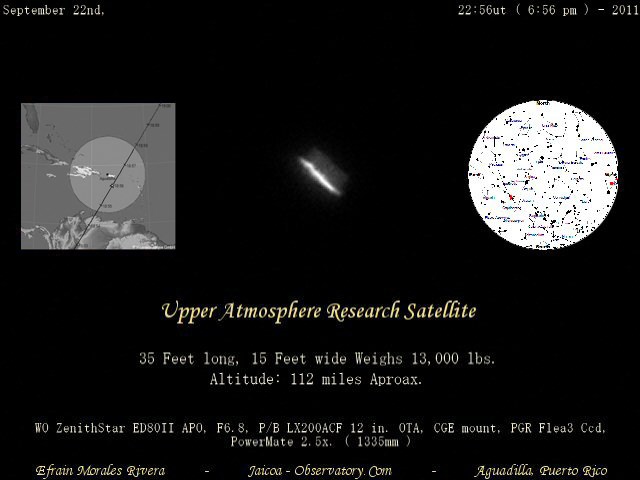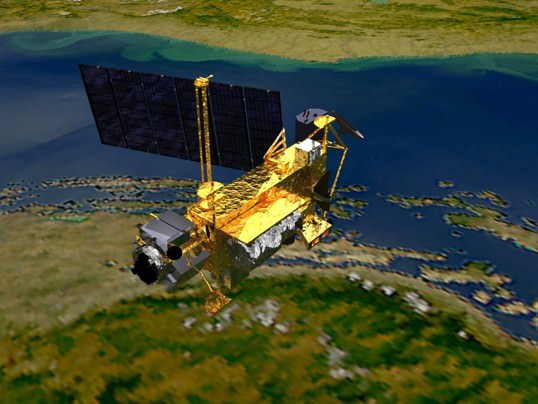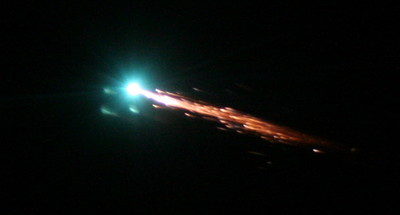[/caption]
Here we go again: A satellite without a propulsion system is set to crash to Earth later this month, and officials can’t predict exactly when or where it will fall. This is not the second coming of NASA’s UARS (Upper Atmosphere Research Satellite) but a German X-Ray observatory named ROSAT (ROentgen SATellite), which will likely plummet through Earth’s atmosphere sometime between October 20 and 25, plus or minus 3 days.
Due to fluctuations in solar activity, “the time and location of re-entry cannot be predicted precisely,” the German Aerospace Center (DLR) said in a statement on their website.
Coming in at about 28,000 kilometers (17,000 miles) per hour, DLR said the satellite will break up into fragments, with possibly up to 30 individual pieces weighing a total of 1.7 tons reaching the surface of the Earth. The largest single fragment will probably be the telescope’s mirror, which is very heat resistant and weighs about 1.7 tons.
German officials said there is a 1-in-2,000 chance that debris from the satellite could hit a person on Earth, and added the chance any a German citizen would be hit about 1 in 700,000. They did not include the odds of any one specific person on Earth getting hit by debris, but for the UARS satellite, it was estimated at about 1 in 21 trillion.
Like the UARS satellite, ROSAT’s orbital track takes it over much of Earth’s oceans.
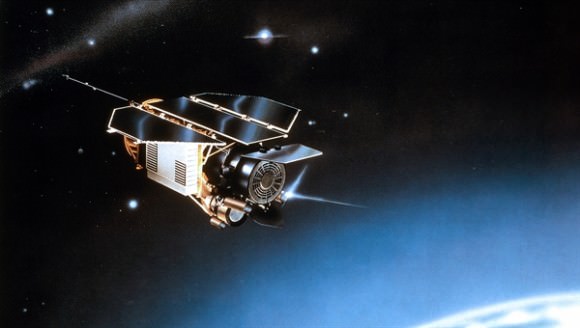
ROSAT is about the size of a car, and during its mission was in an elliptical orbit at distances of between 585 and 565 kilometers above the surface of the Earth. It was decommissioned in 1999, and since that time, atmospheric drag has caused the satellite to lose altitude. In June 2011, it was at a distance of only about 327 kilometers above the ground.
Since ROSAT does not have a propulsion system on board, it is not possible to maneuver the satellite to perform a controlled re-entry. ROSAT’s orbit extends to 53 degrees north and south latitudes, and all areas in that region could be affected by its re-entry. The bulk of the debris will impact near the ground track of the satellite. However, isolated fragments could fall to Earth in an 80-kilometer wide path along the track.
DLR will provide updates to predict the moment of re-entry as accurately as possible. During the re-entry phase of the satellite, German scientists will be evaluating data from the US Space Surveillance Network (SSN). In addition, the Tracking and Imaging Radar (TIRA), the large radar facility at the Fraunhofer Institute for High-Frequency Physics and Radar Techniques in Wachtberg near Bonn will be monitoring the descent of the X-ray satellite to further improve calculations of its trajectory.
Last month, the bus-sized 6-ton UARS satellite that hurtled uncontrolled toward Earth and plunged into the Pacific Ocean without causing any problems.
Source: DLR

